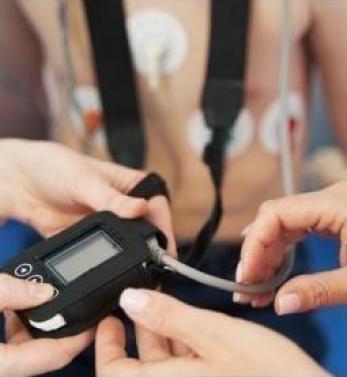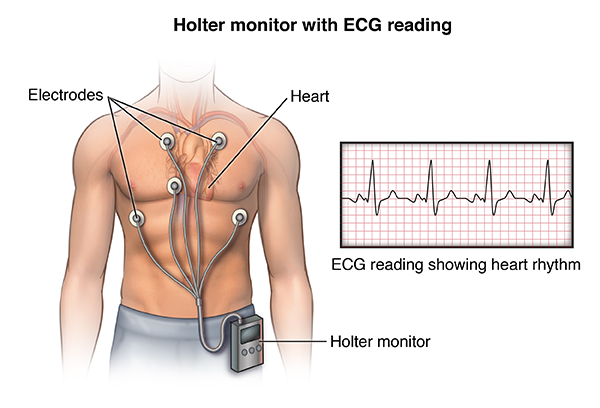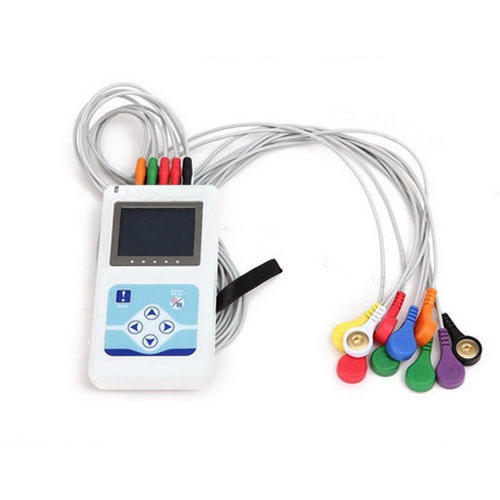

Holter is a device that records the electrical activities of the heart in daily life of people who say they have heart-related disorders without a specific environment. It is used to take heart-related records for 24, 48 or longer periods. This examination is named "Holter" because it was developed by the experimental physicist Norman Holter. Many rhythm disorders or blood pressure problems cannot be detected with EKG, EFOR or a normal blood pressure device. That's why Holter is an important device. Cardiology doctors can understand what problem the patient has or not from the information recorded on the Holter device. If heartbeats cannot be detected with Holter, wireless Holter devices may be recommended or additional tests may be performed. Holter devices can often frighten patients. However, one should not be afraid of the Holter examination. Thanks to Holter, it is possible to monitor many conditions such as the effect of various physical and psychological variables on the patient, the changes in the heart rhythm of some drugs used.

In which diseases is Holter used?
The Holter device is an important device for diagnosing the heart. It is divided into two as Blood Pressure Holter and Rhythm Holter. Rhythm Holter provides ECG recording of the heart rhythm, usually for 24 hours and sometimes longer. With Rhythm Holter, it is useful to diagnose problems such as palpitations, rhythm disorders, whether there is a fatal rhythm disorder after a heart attack. The Blood Pressure Holter is a device that measures and records blood pressure for 24, 48 or 72 hours and at regular intervals. The Blood Pressure Holter is useful for diagnosing hypertension. In addition, it is an indispensable device in the regulation of the treatment of patients with hypertension and in giving the data of the patient's blood pressure fluctuating at what times of the day and due to what.

How is Holter applied?
Rhythm and Tension Holter application principles are different from each other. Rhythm Holter consists of cables and a recording device connected to the cables. These cables are connected with disposable washers that can stick to the body. There are electrode cables on it. Electrodes are attached to the determined points in the patient's chest area. The recorder records incoming ECG signals. The results are examined by a specialist cardiologist, and the course of treatment is determined. The Blood Pressure Holter is smaller than the Rhythm Holter device. The blood pressure Holter cuff (similar to the blood pressure device band) is placed on the patient's arm. Then this cuff is connected to the unit, which can be called the brain of the holter device. This device is fixed to the waist of the patient with a belt. The first measurement is taken in the hospital. The patient is then sent home.